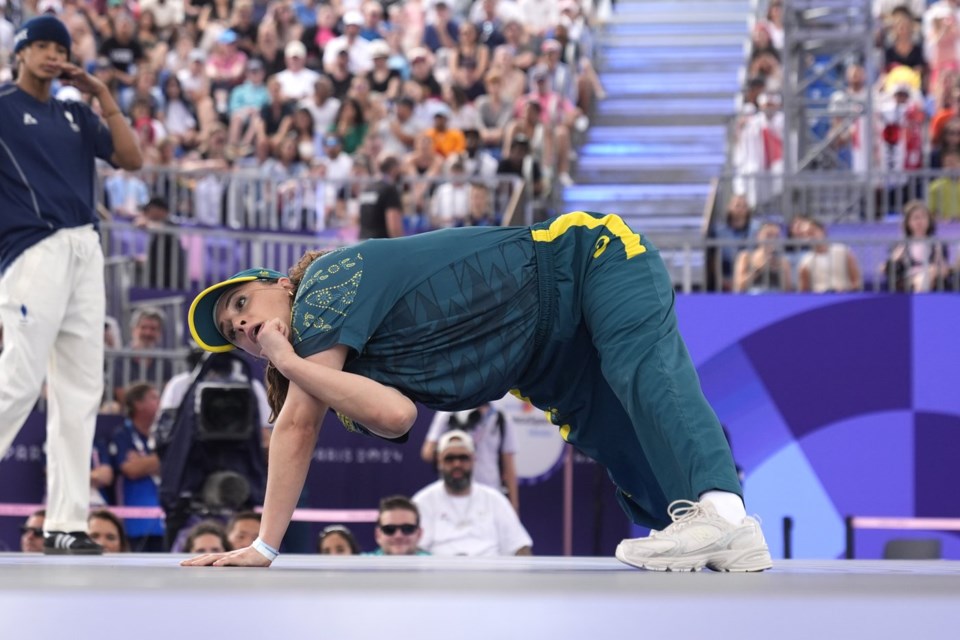
TNaoto Higuchi
Waseda University
Nanako Inaba
Sophia University
Sachi Takaya
University of Tokyo
In Brief
The Japanese government passed an amendment to the Immigration Control and Refugee Recognition Act in June 2024, with the primary goal of replacing the controversial Technical Intern Training Program with a new foreign worker program. But the updated law also includes more stringent controls on permanent residents, allowing authorities to revoke permanent resident status from individuals who repeatedly neglect tax or social insurance payments or who are convicted of certain crimes.
On 14 June 2024, a proposed amendment to Japan’s 1990 Immigration Control and Refugee Recognition Act (typically known as the Immigration Law) was passed through the House of Councillors with support from the ruling Liberal Democratic Party (LDP)–Komeito coalition but also the opposition Japan Innovation Party and the Democratic Party For the People. The amendment’s primary aim was to abolish the controversial Technical Intern Training Program and establish a new labour recruitment initiative for foreign workers called the Training Work Program.
Since the enactment of the 1990 Immigration Law, Japan has recruited migrant workers through the ‘side door’. While the government officially denied accepting unskilled foreign labour, it allowed Nikkeijin — Japanese descendants — and technical interns to work as manual workers. They were officially regarded as ‘non-labour migrants’ visiting their Japanese families or engaged in vocational training.
It has taken 34 years to introduce a ‘front door’ migration policy that officially accepts unskilled migrant workers via the new Training Work Program. But the amendment to the Immigration Law also imposes stricter controls on permanent residency. Human rights advocates highlighted problems with the newly introduced Training Workers Program but did not strongly oppose it. They instead protested the new grounds for revocation of permanent resident status by organising daily sit-ins in front of the National Diet.
How should we understand these conflicting tendencies towards deregulation and the tightening of immigration restrictions?
It is essential to recognise that the LDP government is responsible for this somewhat conflicting series of policies. The LDP officially supported the pre-2019 anti-immigrant policy and opposed granting rights to migrants and refugees other than the highly skilled. It was only when Japan’s labour shortage became clear in the 2010s that the LDP began to take front-door immigration policies seriously. But far-right groups within the LDP were opposed to the idea of an ‘immigration policy’ that would pave the way for permanent residency for blue-collar workers.
In a Diet session on 29 October 2018, former prime minister Shinzo Abe remarked that ‘the government has no intention to promote a so-called immigration policy’. The Abe government was opposed to the idea of issuing green cards at the time of entry, underscoring the government’s restrictive stance on the permanent residency of migrants. But some far-right politicians opposed granting permanent resident status to blue-collar workers at all, even after the enactment of the 2018 Immigration Law.
In response, the cabinet included two new measures in the 2024 amendement. First, it established a three-stage meritocratic selection process for permanent residency — migrant workers must pass a first exam within the three-year Training Work Program, pass a second exam during a five-year program as Specified Skilled Workers 1 and may then apply for permanent residency after five years of work as Specified Skilled Workers 2.
Second, the new law enables the government to revoke permanent resident status from those who repeatedly fail to pay tax or social insurance premiums or who are sentenced to imprisonment for certain crimes. This is much more restrictive than in other East Asian industrial democracies. South Korea and Taiwan cancel the status of permanent residents only when they are sentenced to imprisonment for more than two years or one year, respectively, and neither of them revokes permanent residency because of delinquency on taxes and pension payments.
Many assumed that the government had hastily added this clause when the Immigration Law was revised in 2024, but the ruling LDP had in fact been considering restrictions on permanent resident status from the beginning. In 2022 a Cabinet document titled ‘Comprehensive Measures for Acceptance and Coexistence of Foreign Nationals’ suggested that ‘it is necessary to establish a legal framework to cope with permanent residents who no longer meet the criteria for their legal status’.
The government began preparing the new regulations two years before Specified Skilled Workers 1, who came to Japan under the 2019 immigration law, could be upgraded to Specified Skilled Workers 2 and gain access to permanent resident status.
This approach aligns with the LDP’s longstanding approach to foreign workers. An LDP Diet Member remarked — ‘When the number of permanent residents increases, we also need to tighten control of their status because not all of them are good people. As such, we clarified that the widening path to permanent residency accompanied the revocation of it’.
In this sense, tightening control over permanent residents was not an abrupt development. It should be regarded as an inevitable consequence of the front-door policy of the LDP administration.
Naoto Higuchi is Professor in the School of Human Sciences, Waseda University.
Nanako Inaba is Professor in the Faculty of Global Studies, Sophia University.
Sachi Takaya is Associate Professor in the Graduate School of Humanities and Sociology, University of Tokyo.
https://doi.org/10.59425/eabc.1723802400









